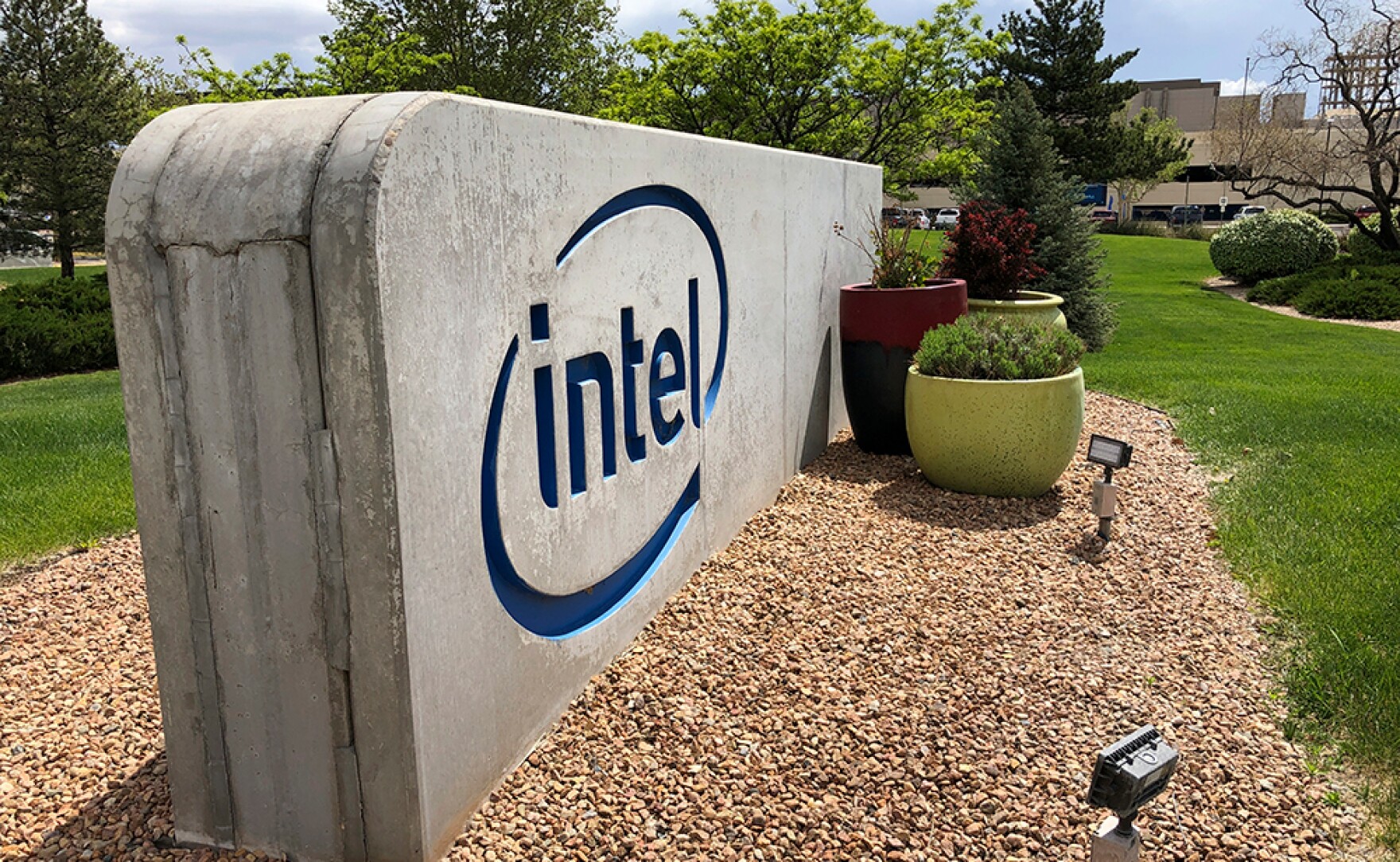Development plans for the construction of a $20 billion Intel Chip Manufacturing Plant in Ohio are underway. The chip manufacturing company, Intel intends to build its mega manufacturing site on a 1,000-acre site in Columbus, starting with at least two semiconductor fabrication plants; this new location is expected to become the largest economic development project in Ohio, focused on the research and development of the most advanced computer chips.
The Intel Chip Manufacturing Plant began as a response to the global chip shortage, which according to Pat Gelsinger, the CEO of Intel, is mostly due to supply chain disruptions. These chips are assembled outside US borders, in regions with low labor costs such as Asia and end up being shipped around a lot, before making their way to consumer products like phones, computers and cars. Gelsinger pointed out that some of the packaging, assembly and testing could be brought back to the US, if the CHIPS for America Act is funded to assist with the project’s development. He further explained that the sand used in producing the semiconductors originates from the U.S, which implies that producing chips from scratch is not a far fetched idea.
Also Read New TSMC chip factory to be constructed in Arizona
Intel Chip Manufacturing Plant to be built over 10 years and bring 3000 jobs
The developers intend to start construction on the Intel Chip Manufacturing Plant this year and expect it to be fully operational by 2025; although, the specific scope of the project is largely dependent on the federal legislation that will provide subsidies to domestic semiconductor producers, if approved. Members of the GOP, in the Ohio congressional delegation have requested for the Congress to approve the CHIPS for America Act which is worth $52 billion. Gelsinger also mentioned that the project would be developed over a decade and would provide jobs for about 3000 people upon completion.
The Senior V.P of Intel’s manufacturing, supply chains and operations, Keyvan Esfarjani also pointed out that the company had chosen Ohio out of 38 U.S states to develop its Intel Chip Manufacturing Plant. Esfarjani mentioned that the state had a lot of land available for the project and favorable regulatory environment which were key factors in the decision making process. In addition, the state also plans to support the project through a $1 billion investment in infrastructure improvements, which includes widening State Route 161, and this also benefits the surrounding community. The Ohio General Assembly also broadened its tax incentive options to allow for mega projects with investments over $1 billion to receive job creation tax credits for about 30 years.

